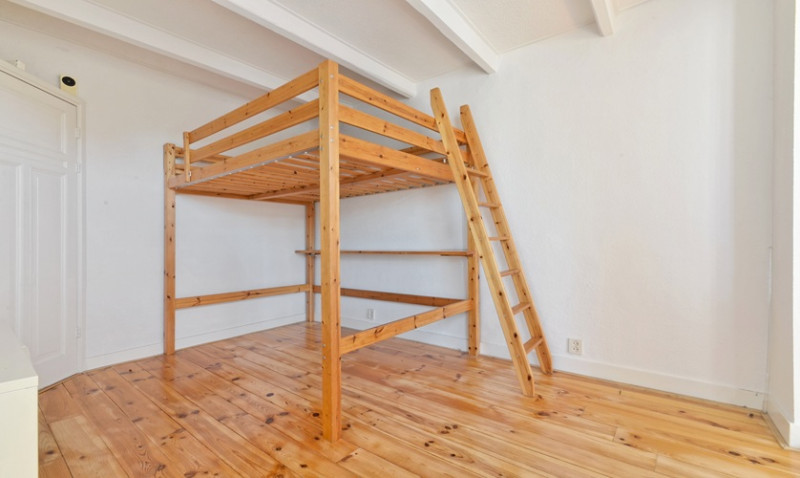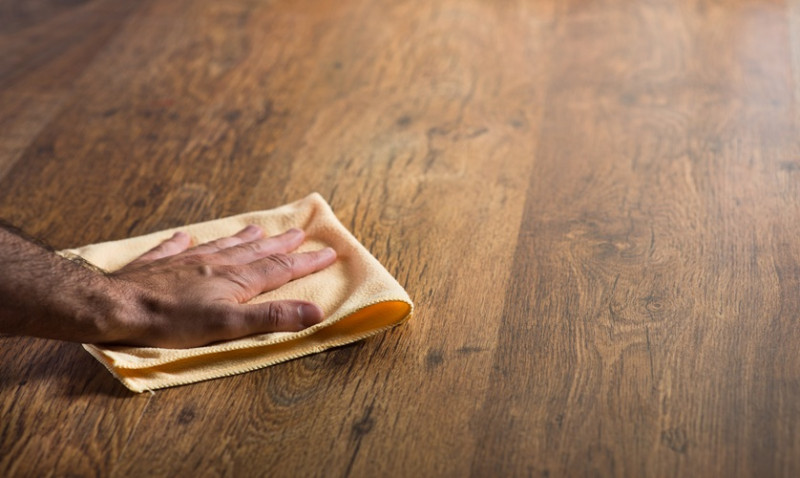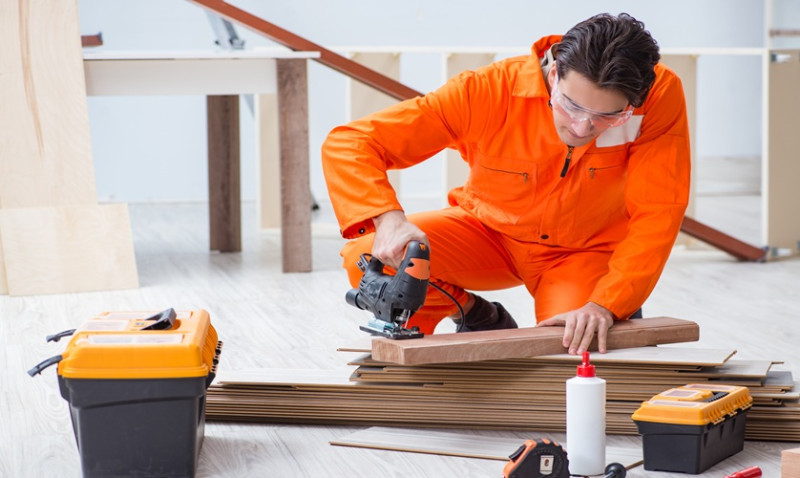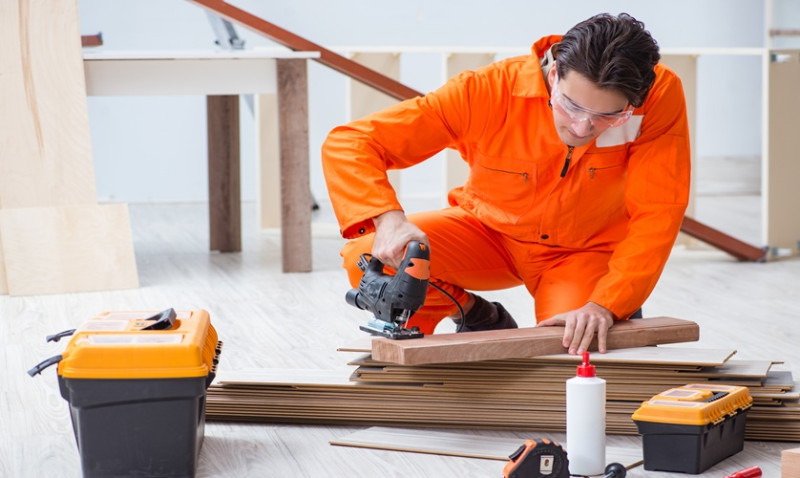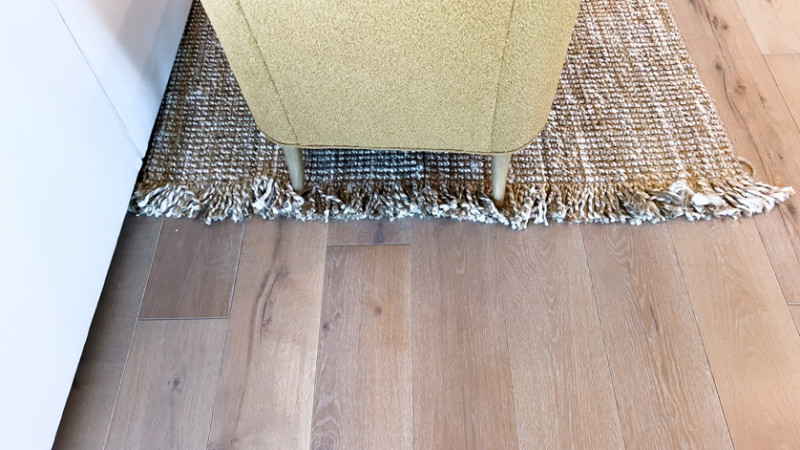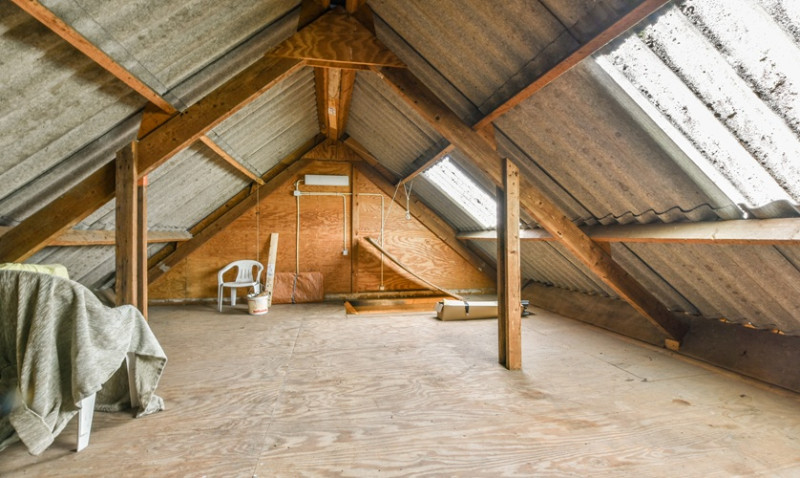
Hardwood floors are timeless, elegant, and durable. But like anything that endures heavy use over time, they eventually show signs of wear—scratches, dullness, and an outdated finish. The good news? You don’t have to replace your floors to bring them back to life. Refinishing hardwood flooring is a cost-effective and rewarding project that can completely transform your interior space. Whether you're a DIY enthusiast, a design-savvy young professional, or a seasoned tradesman, this step-by-step guide will walk you through every stage of refinishing dated hardwood floors, from preparation all the way to the final coat of varnish.
Why Refinish Instead of Replace?
Many homeowners and interior designers in the UK are surprised to learn that even the most battered hardwood floors can be revived through refinishing. It’s a great alternative to expensive full-floor replacements. The natural wood under the worn-out finish still holds potential for beauty and strength.
Refinishing saves materials, reduces landfill waste, and maintains the character of older homes—a particularly important factor for those living in Victorian or Edwardian properties. It also allows you to change the look of your floor by staining it a different colour or using a different finish to complement modern design tastes.
From sleek Scandinavian light tones to deep, rich walnut hues, your restored floors can reflect your evolving design vision. Replacement, on the other hand, is more invasive, costly, and disruptive. A properly refinished floor can last another 10–15 years, offering excellent value and long-term durability.
Tools and Materials You’ll Need
Before getting started, gather the necessary tools and equipment. Don’t worry—even for DIYers, most of these items can be rented from local hire shops across the UK.
| Tools | Materials |
|---|---|
| Drum Sander or Belt Sander | Wood Floor Finish (Oil- or Water-Based) |
| Edge Sander | Wood Filler (If needed) |
| Vacuum Cleaner or Shop Vac | Sandpaper (36, 60, 100, 120 grit) |
| Tack Cloth or Microfibre Mop | Stain (Optional, for colour change) |
| Protective Gear (mask, goggles, ear protection) | Floor Buffer (Optional for final sanding) |
| Paint Brushes, Rollers or Applicator Pads | Masking Tape |
Ensure your workspace is well-ventilated, especially if using oil-based finishes. Also, check for any protruding nails or staples—they must be removed or set below the wood’s surface before sanding begins.
Preparing Your Space
Preparation is critical for a successful floor refinishing project. Start by removing all furniture, rugs and decor items from the room. Seal doors, vents, and adjacent rooms with plastic sheeting and tape to contain dust.
Next, inspect the floor closely. Fill in any cracks, gouges, or holes with a colour-matched wood filler. Let the filler dry completely before proceeding to sand. Be sure your floor is stable—listen for squeaks and reinforce trouble spots with nails or screws as needed.
If your flooring is very old and previously waxed, chemically stripped, or damaged with pet stains, you’ll need to pay extra attention during sanding. Also, test for any signs of finishing products that might resist modern coatings – darker spots or glossy patches might indicate surviving polyurethane or wax. A quick water droplet test can show this; if droplets bead up, there’s likely still sealer present that must be entirely sanded off.
The Sanding Process
Sanding is the most physically demanding part of refinishing hardwood floors, but it’s also the most transformative. Start with the coarsest grit (36) to remove old finishes, scratches and stains. Work in the direction of the wood grain for best results.
Use the drum or belt sander for large, open areas, while an edge sander handles corners and perimeters. After the initial pass, vacuum up dust and continue with finer grits in stages—typically 60, 100, and finally 120 grit for a smooth, clean surface.
After your last sanding pass, vacuum thoroughly using a shop vac. Then, follow up with a tack cloth or damp microfibre mop to remove lingering dust. Remember: leftover dust particles can become trapped in your finish, diminishing the final result.
Staining (Optional)
If you want to change the colour of your floors, now’s the time to stain. Popular UK staining trends currently include grey-toned oak, warm natural hues, and rich walnut. Always test your chosen stain on an offcut or hidden area first, as the wood’s species and age can significantly impact how it absorbs the colour.
Apply the stain using a lint-free cloth, sponge, or foam brush, working in manageable sections. Allow it to penetrate for a few minutes, then wipe away excess with a clean cloth. Leave the stain to dry completely (times vary by brand and humidity) before applying any finish coats.
Be cautious with dark stains, which can accentuate imperfections and require extra finesse during application. If you're going for a natural oak look, a clear sealer with a whitewash tone can help retain that light, raw wood effect.
Applying the Finish
This is the moment the transformation truly takes shape. In the UK, many floor refinishing pros prefer modern water-based polyurethane finishes. They dry fast, emit low odours, and offer a clear, non-yellowing appearance. Oil-based finishes, though slower to cure, add warmth and deeper tones to the timber.
Using a roller or applicator pad, apply a thin, even coat along the grain of the wood. Avoid over-brushing or backtracking, which can create streaks or bubbles. Allow it to dry thoroughly—typically 2–4 hours for water-based, 12–24 hours for oil-based—then lightly sand with a 220-grit screen or mesh pad before applying a second (and possibly third) coat.
Between coats, always vacuum and tack the floor to remove fine debris. Don’t rush this part—each layer builds protection and sheen, ensuring your floor stands up beautifully to daily wear and tear.
Post-Refinishing Care and Maintenance
After the final coat has fully dried (typically 24–72 hours depending on product and conditions), you can walk on your floors with socks. Avoid replacing furniture for 4–7 days, and keep rugs off the surface for at least two weeks to prevent trapping moisture.
To maintain your new finish, avoid harsh cleaners or steam mops. Instead, sweep regularly, use PH-neutral wood floor cleaners and consider placing protective pads on furniture feet. Re-coating your floor every few years—not full sanding—can also prolong its life significantly.
Refinishing hardwood flooring offers great return on investment, both aesthetically and financially, especially in period homes where original timber adds immense character. With patience, the right tools, and proper prep, your dated hardwood floors can be transformed into showstoppers that elevate your entire space.
Conclusion
Whether you're looking to boost the charm of a newly purchased flat, modernise a country home, or add value to a buy-to-let property, refinishing worn-out hardwood floors is a smart and satisfying solution. The process may seem daunting, but with the guidance above, anyone—from a crafty homeowner to a professional decorator—can achieve stunning results that celebrate the authenticity and beauty of wood flooring.
Ready to refinish? Plan ahead, take your time, and watch your space transform. You’ll be walking on elegance in no time.
